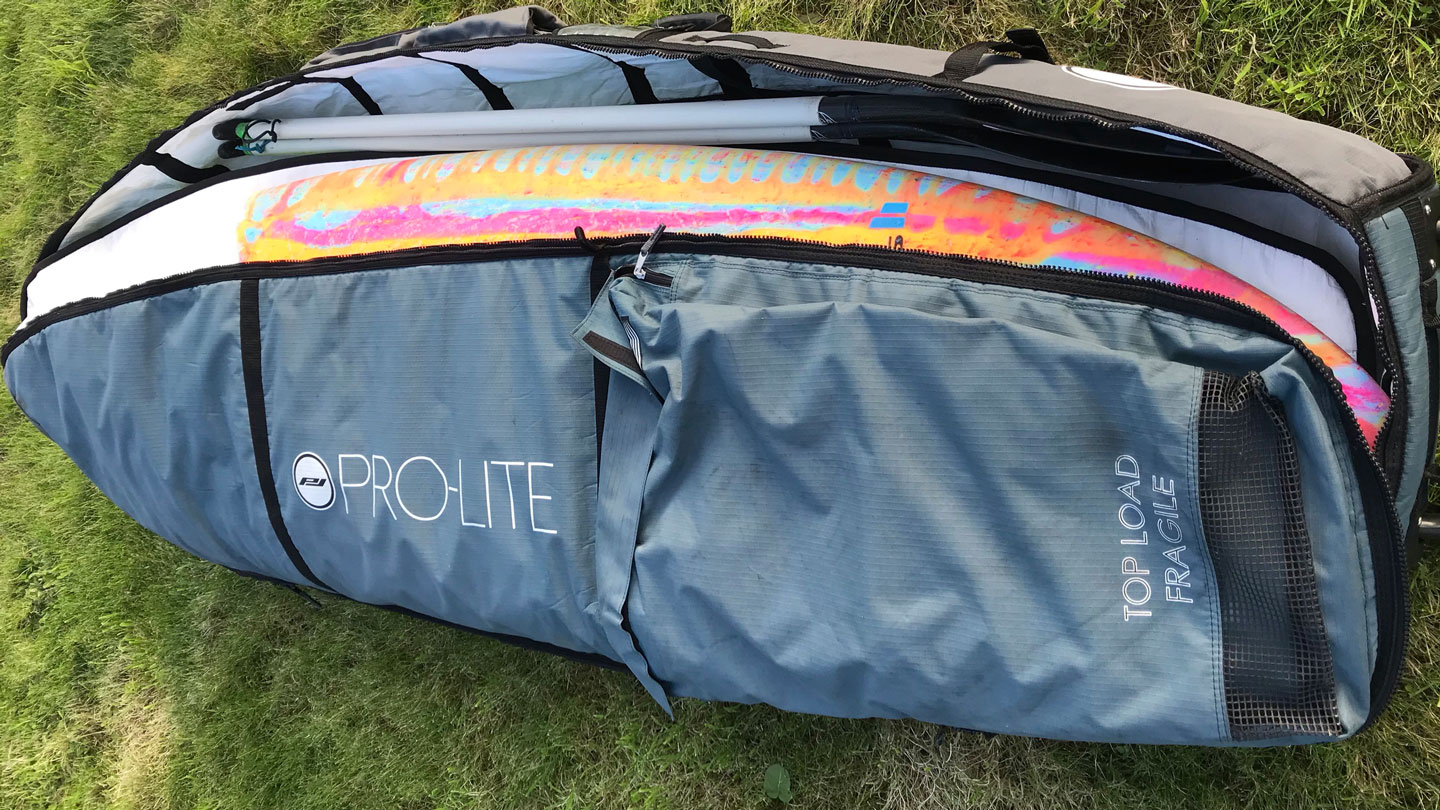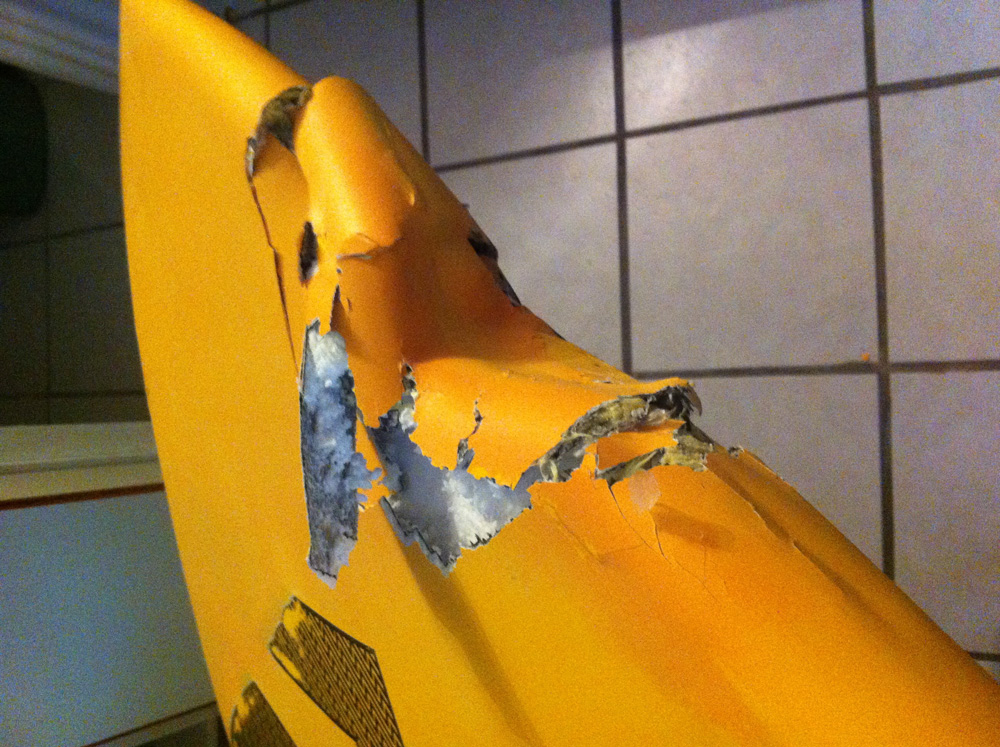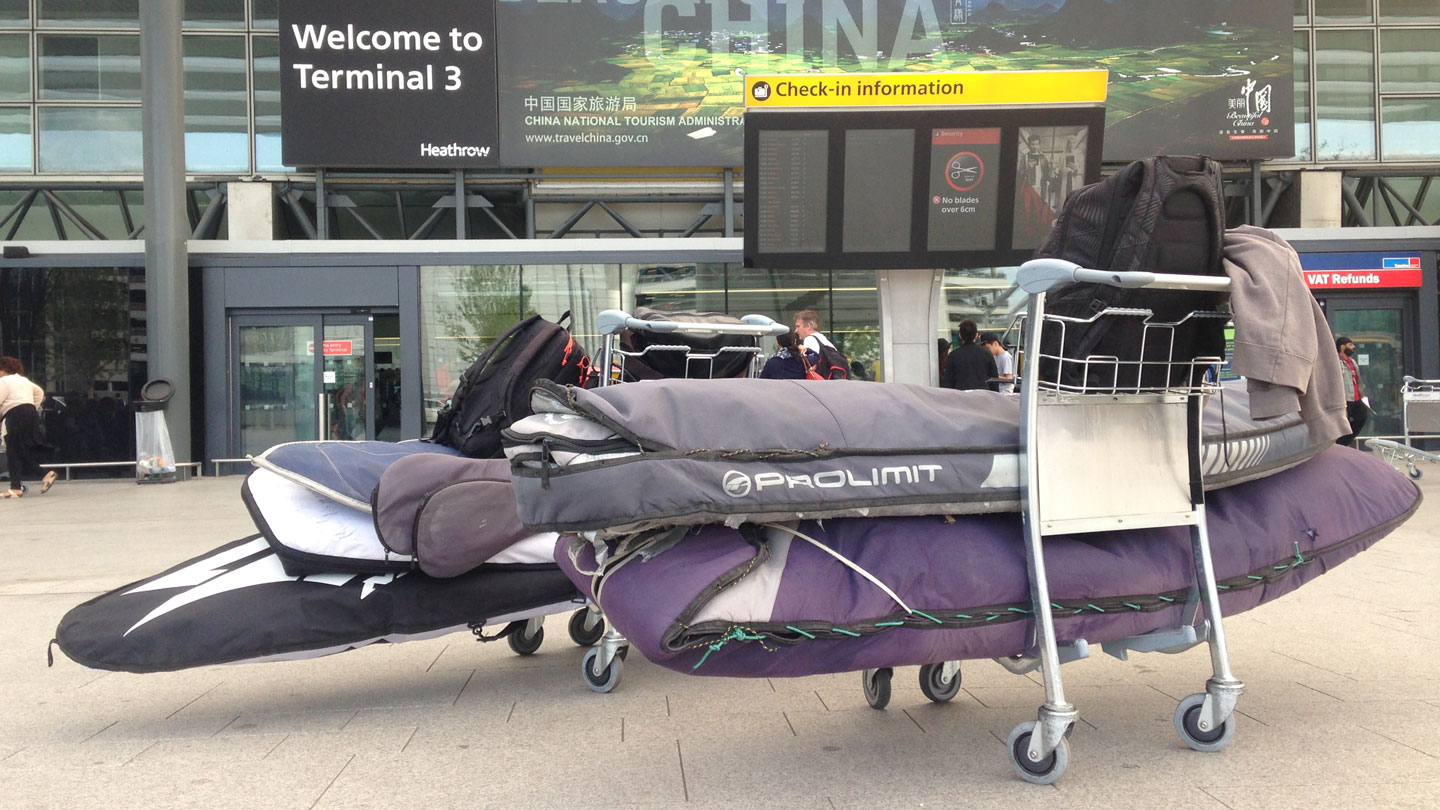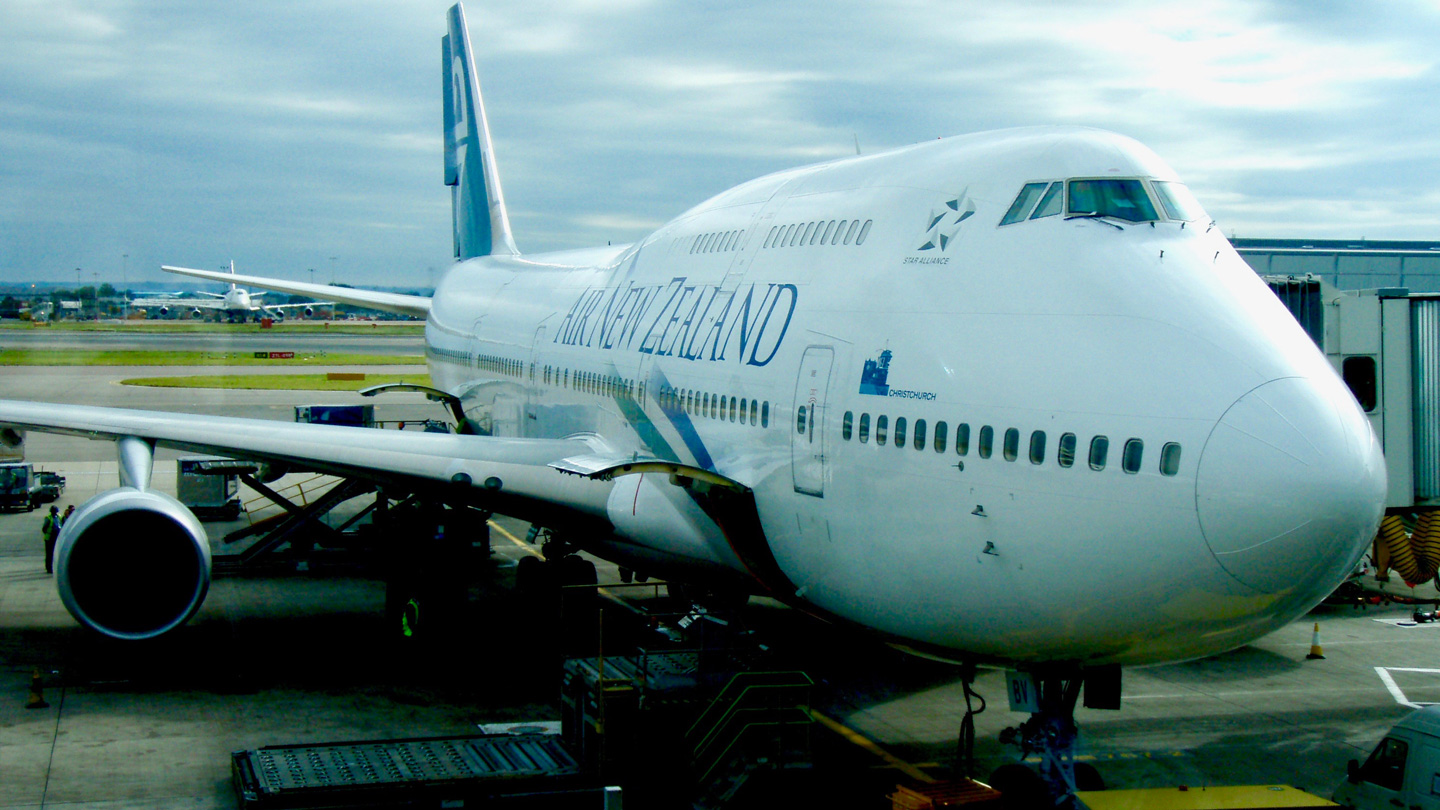
So.. you've got all your SUP kit laid out ready, and now it's time to pack. What's the best way to pack your hard and inflatable SUPs to reduce the risk of them getting damaged whilst flying? 'Travel with a Paddle' founder Beau Nixon is back with Part 2 of his 'SUP travelling tips' series, this time sharing his board and paddle packing tips...
Protecting your kit is probably the most important thing to think about… after remembering your passport perhaps! It is important to carefully pack your SUPs and paddles so they are ready for use straight away when you arrive. In reducing our plastic use, I have steered away from the conventional bubble wrap and always try to use what I already have to protect the boards.
In this article
Flatwater / All-round
Surf
Touring & Exploring
Technique & Tips
Travel & Inspiration
Hard Boards
Rails:
- In lieu of bubble wrap, use your towels, boardshorts/wetsuits and clothes to protect the rails of your boards.
- Foam pipe insulation works a treat on the rails to protect your board. Make sure to tape the piping down to the board so it doesn’t shift in transport leaving your board vulnerable. Use duct tape or masking tape, as other tapes such as packing tape leave residue on the board.
Nose/Tail:
- A towel or clothing is best placed at the nose and tail to protect from damage.
- If you are strapped for weight, use foam insulation piping, wrap cardboard around the ends and stick on with tape.
Bottom/Deck:
- This is where the board bag dividers come in handy. Use the dividers underneath the board to protect from any knocks to the underside of the board.
- Yoga mats work really well too.
General Tips for hard boards:
- You can also use multiple board bags to protect your SUPs. By ‘doubling up’ on the bags, you create extra padding and protections. I would usually slide my favourite boards into a day bag and then pack it in my coffin bag. Plus, you have a day bag to use at your destination to protect it even more.
- Make sure your board bag is packed nice and tight. Tighten any straps around the bag and make sure nothing is loose inside. This is how damage is caused.
- If you are traveling with a suitcase, try to pack your fins and leashes in your check-in luggage as it keeps the weight of your board bag down. Also, if your leash or fins are placed on top/below your board, any pressure added from other luggage will cause pressure marks. If you are just travelling with a board bag, make sure they are not just thrown in loose. Either put them in an inside pocket or tape them the side of the board bag at either the nose or tail.
- Distribute weight evenly when packing your boards. Don’t pack all of your clothes/towels at one end the bag as it will be difficult for you (and the baggage handlers) to carry.
- Remember to lock your zips with a TSA accredited lock. You don’t want anything unwanted being slipped into that bag!

I can remember arriving in France from a long-haul flight from Australia and upon opening my board bag, all I could smell was epoxy resin, I knew something was not right! To my horror, my favourite board looked like it had been run over by the wheel of the massive A380 aircraft. But with careful packing, planning and a little bit of luck, your prized possession should make it safely to your destination in one piece
Inflatable SUPs
- Deflate your paddleboard, making sure to let all of the air out.
- To protect the pump during travel, roll up the board nice and snug (not tight) with the pump inside. I learned the hard way and have arrived at a destination to find a cracked, broken and unusable pump.
- Use some rope, a belt or string to tie the SUP up once it has been rolled up adequately. This will ensure it doesn’t unravel and you lose space inside the bag for other items.
- Slide the board into the bag.
- Pack in your 3-piece paddle, fin, pump hose and leash around the board. Be careful not to have any protruding parts as this is what can cause damage. You can shuffle things around to get the best result.
Paddles
This is how you actually Travel With A Paddle! PVC piping has saved me a lot of money in buying new paddles and repairs over the last six years. It works a treat, but only if you know how to use it! I generally pack my paddles in the board bag as airlines charge the paddle bag as a second bag.
 1. Find some PVC piping that is roughly the same diameter as your paddle shaft.
1. Find some PVC piping that is roughly the same diameter as your paddle shaft.
2. Cut the piping to the length of your paddle shaft (above blade, below handle).
3. With a small handheld circular saw, cut lengthwise along the piping until the pipe has opened up slightly. This cut will be how you insert your paddle into the piping (but don’t do it yet!!)
4. Drill two small holes roughly 2 inches apart at one end of pipe.
5. Using a leash string, or something of equal strength, tie a loop through the two holes you drilled. This will be how you take off the piping from the paddle.
6. Test it out! Squeeze the paddle into the PVC pipe. To release, rest the blade/handle (whichever end is opposite to where the string is) on a soft surface, hold the paddle tight and pull off the piping.
7. From there, wrap the blade in cardboard or a paddle blade cover.
The piping is quite difficult and tricky to get off. Play around with some techniques to get it off and use some strength. I have never had a damaged paddle travelling this way!
Pack your fixed length paddles to the side of your board (on the rails). I find the baggage handlers rest other heavy items on top when storing them and with the angle of the blade, there’s not much resistance or ‘bend’ if one or more heavy items are stacked on top. Generally, the blade’s angle nicely matches the outline curve of the board at either the tail or nose, so place the blades there with the handles running up to the middle of the board.
I have travelled a lot with paddles and I remember one time travelling with 4 paddles, however I only had 3 PVC pipes to fit around the shafts. Obviously, I wrapped my three favourite paddles in PVC and left one without, but you guessed it. The one paddle had a large crack in the shaft and I only figured this out after taking my first stroke when I jumped in the water!
3-piece paddles
3 piece paddles usually come in a nice fitting bag for them If you don’t have a travel bag for your paddle, make sure to get one to protect it during transport.
Also remember to pack your tie downs for strapping your boards on the roof of a car at your destination (be it a rental car or a friends). Make sure they are in good condition too. You don’t want to damage (or even worse loose!) your kit on the final stage of your journey!
Words : Beau Nixon
Some more great travel tips, thanks Beau. Hopefully with a bit of careful packing your kit will arrive safely in one piece and you'll be on the water paddling on day 1 of your holiday.
About 'Travel with a Paddle'
Travel With A Paddle is a bespoke travel agency specialising in stand up paddle surfing holidays and flat water paddle adventures. Their main aim is to understand your needs and wildest dreams so they can personalise your next SUP holiday, taking the stress out of the travel process so you can rest easy knowing you’re in great hands.
Travel with a Paddle’s founder, Beau Nixon is available for private SUP coaching on your holiday. A highly trained competitor and professional in the stand up paddle and surfing world, Beau has competed on the Stand Up Paddle World Tour and won the Australian Men’s Longboard Championship and the Australian Men’s Stand Up Paddle Championship. Beau has been tailoring SUP holiday experiences for the past eight years and uses his first-hand knowledge of waves and waterways to tailor you the trip of a lifetime.













just what I needed! going on a trip soon, and have searched the web for advice, but what you have right here was such a nice summary of what I need to do!
Hi Sean,
Thanks for taking the time to read and leave a comment. I am glad to hear that you gained some great advice about packing for your upcoming SUP trip.
If you ever need further advice on anything else, please feel free to reach out.
Happy SUP travels!
Thank you so much for this article series. It is very helpful. We have an upcoming trip from Brisbane to Tasmania and are taking the iSUPs with us.
Hi Jenee,
Hope you have such a great time with iSUPs. Sounds like an amazing adventure! If you get a few photos, we would love to see where you have been paddling and hopefully can share them on our site with a few words, if you’re interested? Have fun!
Thanks Beau!!.. after being disappointed with SUP rentals on my last couple trips, I’ve decided to pack my board and paddle the next time I fly. I’ve been doing research but everyone online seems to only be focusing on iSUP for its ease of transportation. The stress of having my expensive gear damaged or the unknown of navigating airports and hotels with my stuff has always kept me from doing it. Your tips for flying with SUPs is just what I was looking for. I even thought about investing in a 3 piece carbon paddle but your tip on the… Read more »
Hi Walter,
Glad you found the information useful. Thanks for your support too.
The PVC piping has saved me soo much money in new paddles! Great trick.